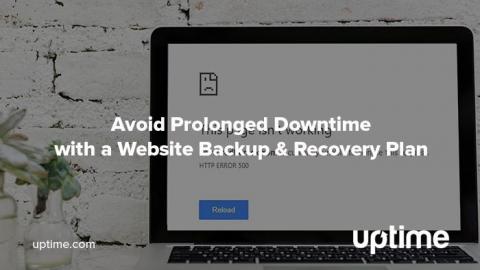Spring Cleaning Tips for Your Website
There’s some research that points to the Iranian New Year as the source for spring cleaning. The idea was that the end of the colder months was an opportunity to “shake the house” (khooneh tekouni) to feel renewed. Nowruz, or new day, occurs on the first day of spring and like everyone else with a New Year resolution, the concept of cleaning and renewal was about setting a fresh start. Here we are, spring build alpha already deployed in some parts of the world.











